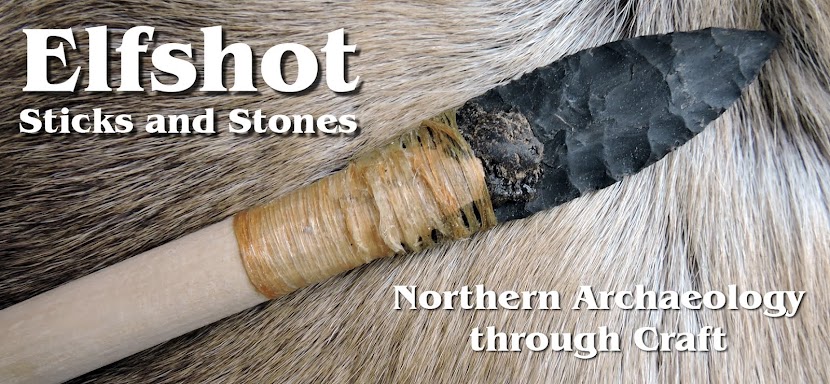 |
| Our merry band of travelers at the arena in Verona |
We're finally back home after our three weeks in Italy. It was a great trip. We spent the first ten days on the Amalfi Coast in a fantastic villa in Atrani. After that, we traveled by train to Pompeii, Herculaneum, Florence, Bolzano, Venice, and Verona. On our last night in Verona, I checked my bank account and was shocked to see that for about a week someone had been taking cash out of my account. Apparently, when I tried to withdraw cash in Florence, I put my card into an ATM with a device that copied my card and recorded my pin code. I tried three machines that day and I got errors from all of them when I tried to use my bank cards. I didn't think much of it at the time because I was in another country trying to access funds in Canada, so I expected hiccups. Finally I had success with taking money out of a machine using my VISA, rather than a debit card. Three days later someone in Peru started making ATM cash withdrawals from my CIBC chequing account. They got about $1300 before I noticed it. My account was almost empty and the withdrawls would have ended soon on their own, but I just happened to have a GIC cashed and deposited into the account that day that would have given the thieves access to thousands of dollars more. In our hotel room in Verona, I called the International CIBC number on the back of my bank card and cancelled the card.
 |
At least one of the ATMs that I tried
in Florence was in this square. Ironically,
my souvenir from Florence was a new
leather wallet. Not that I have any money
left to put in it. |
CIBC launched an investigation and within about 24 hours the money was returned to my account. The customer service was fantastic, and ten minutes after realizing that I'd been robbed, I was confident that I'd get my money back and we enjoyed our last night out on the town. I had checked my other accounts at the time and the CIBC account appeared to be the only one affected. However, when I got home to St. John's my Soctiabank account was suddenly showing a negative balance. I checked with a teller in the branch and sure enough, the Peruvian bandits had my Scotiabank info too and had emptied out another $1000. Scotiabank deals with fraud on a debit card different than CIBC, so I'm still waiting to have those funds reimbursed. To be safe, CIBC suggested that I preemptively cancel my VISA, just in case it was compromised. Scotiabank investigates fraudulent transactions at the branch level, while CIBC has a special national unit dedicated to exactly this sort of theft. I'm glad I dealt with CIBC first. I have less confidence in the Scotiabank system, although I'm sure it will all work out fine in the end.
 |
| Verona at night. (Click to Enlarge) |
Photo Credits: Tim Rast







































